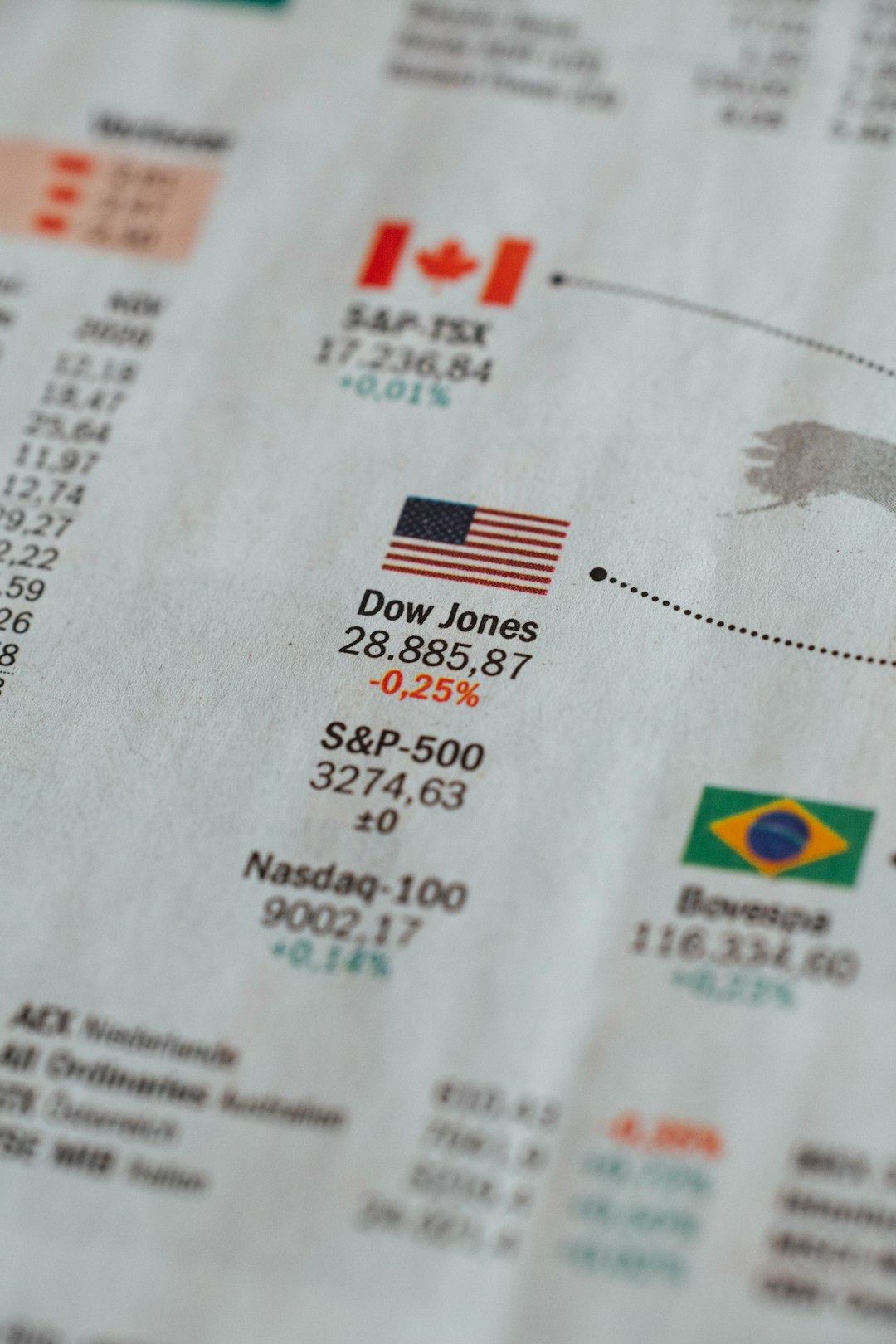
The stock market is entering 2025 with significant polarization, driven by trade uncertainties and a narrowing focus on select sectors. According to a recent report from JPMorgan, this divide between winners and laggards is expected to intensify, creating unique challenges and opportunities for investors.
This blog delves into JPMorgan’s findings and explores strategies to navigate a polarized market.
Key Factors Behind Market Polarization
JPMorgan analysts identify the following drivers of this polarization:
Trade Uncertainty
Ongoing trade disputes, particularly between the U.S. and China, are fueling sector-specific volatility.
Industries reliant on global trade, such as manufacturing and energy, face headwinds, while technology and domestic-focused sectors remain more insulated.
Sectoral Concentration
A significant portion of market gains in 2024 was driven by just a few mega-cap tech companies, resulting in an uneven distribution of returns.
The S&P 500’s performance has become increasingly reliant on these outperformers, leaving other sectors lagging behind.
Economic Resilience vs. Vulnerabilities
The U.S. economy has shown surprising strength, but areas like high-yield credit markets signal caution.
A deeper dive into Key Metrics can help investors evaluate fundamental trends and vulnerabilities within specific sectors.
How Polarization Impacts Investment Strategies
Opportunities in Leading Sectors
Technology, healthcare, and consumer staples are expected to remain strong performers, buoyed by innovation and steady demand.
Investors can use tools like the Mutual Funds Holdings API to identify funds heavily invested in these sectors.
Risks in Lagging Sectors
Sectors like manufacturing and energy, exposed to global trade, could underperform amid continued trade tensions.
Diversification Is Key
Spreading investments across asset classes and geographies can help mitigate the risks posed by market polarization.
Historical Context and Market Trends
Market polarization isn’t new, but the magnitude and persistence observed now are notable. Historical data shows that concentrated markets often face significant corrections, as seen during the dot-com bubble. Investors can use resources like the S&P 500 Historical Constituents API to analyze similar market conditions in the past and draw actionable insights.
Conclusion
JPMorgan’s outlook for 2025 highlights a market increasingly divided by trade uncertainties and sectoral disparities. For investors, the challenge lies in adapting to these dynamics by focusing on resilient sectors, maintaining diversification, and leveraging data-driven tools to make informed decisions.
By proactively addressing these factors, investors can position themselves to weather market volatility and capitalize on opportunities in a polarized environment.

